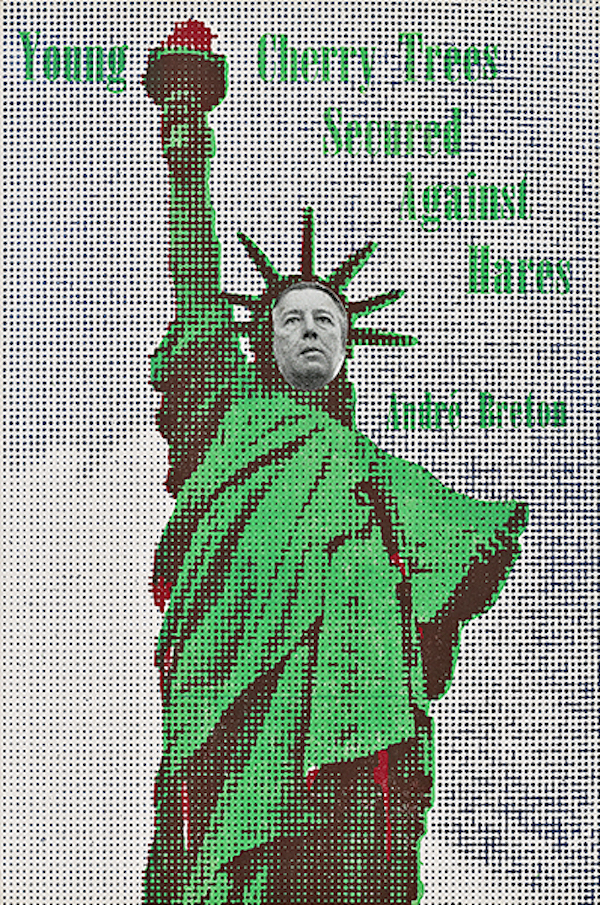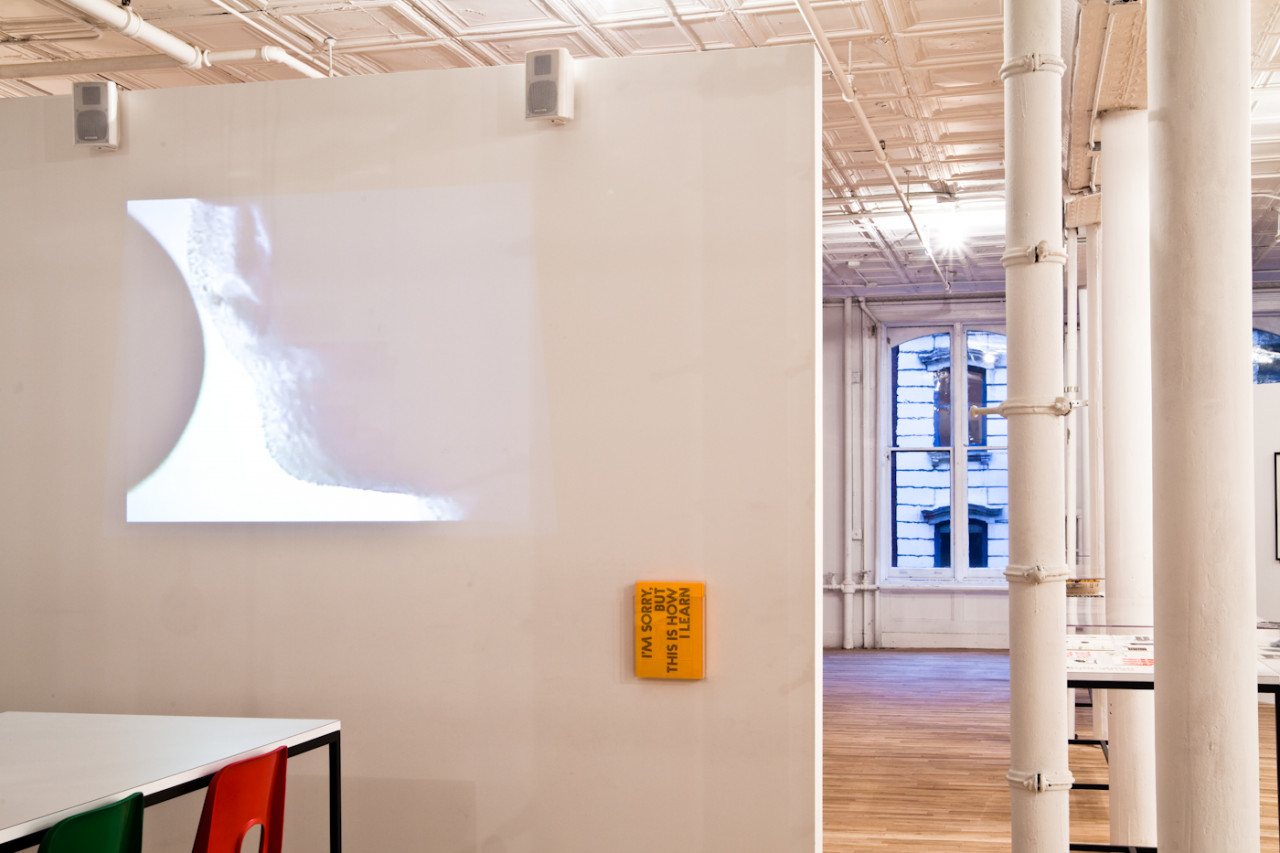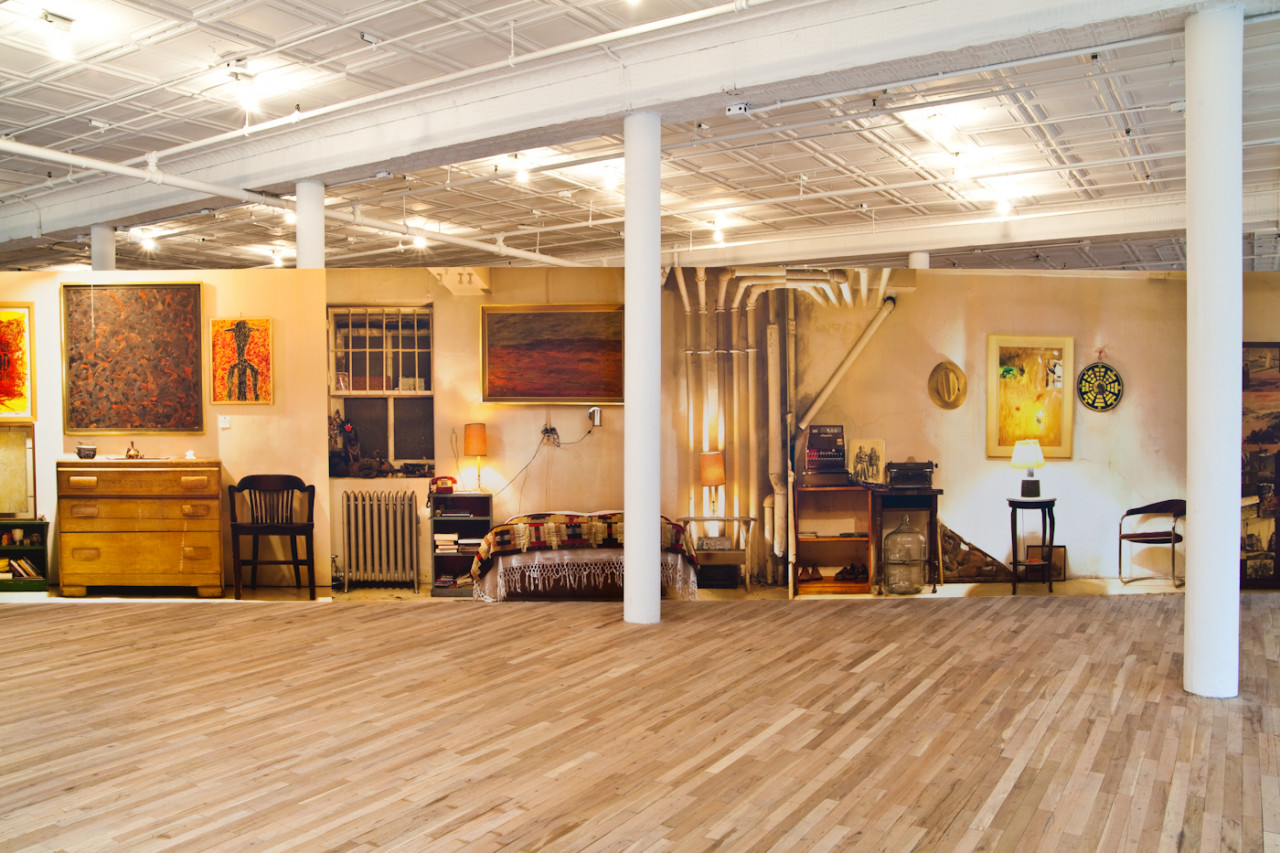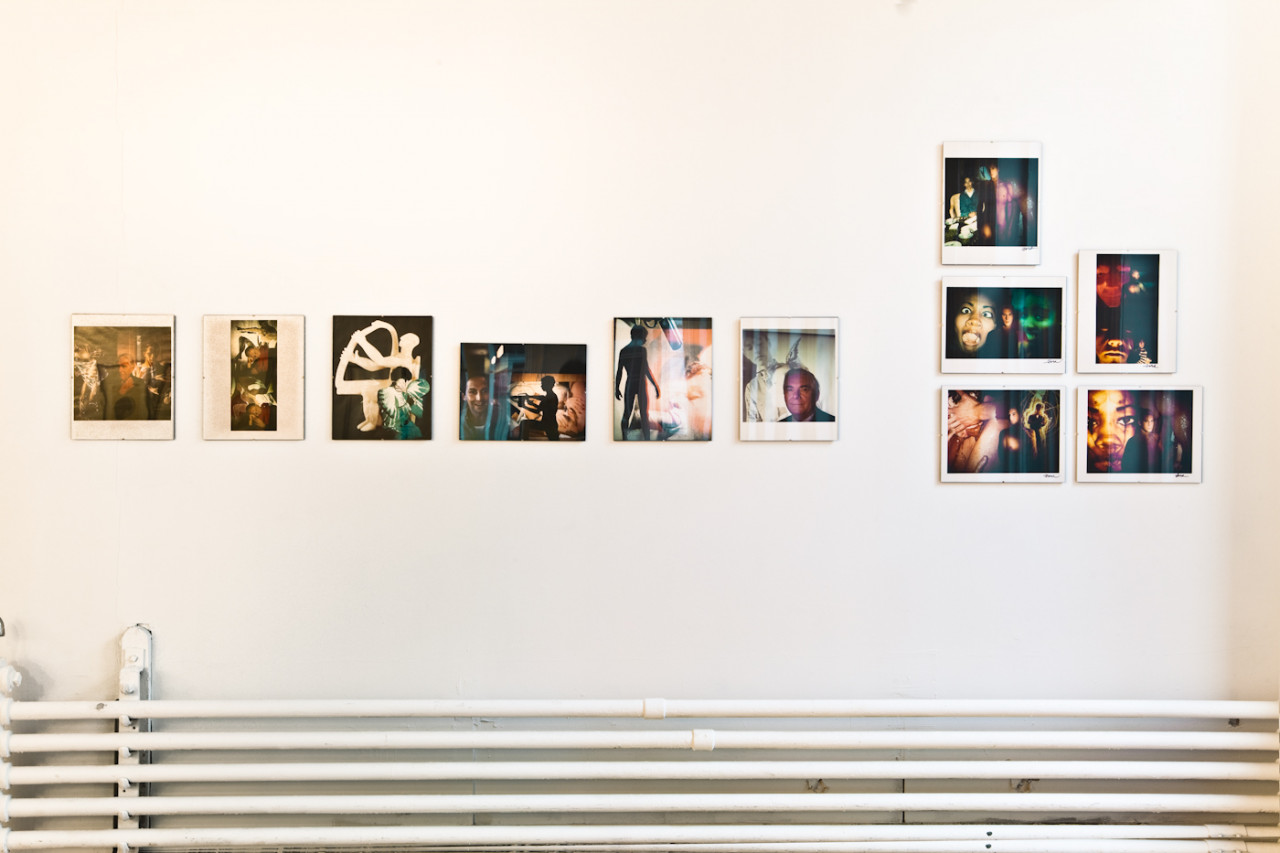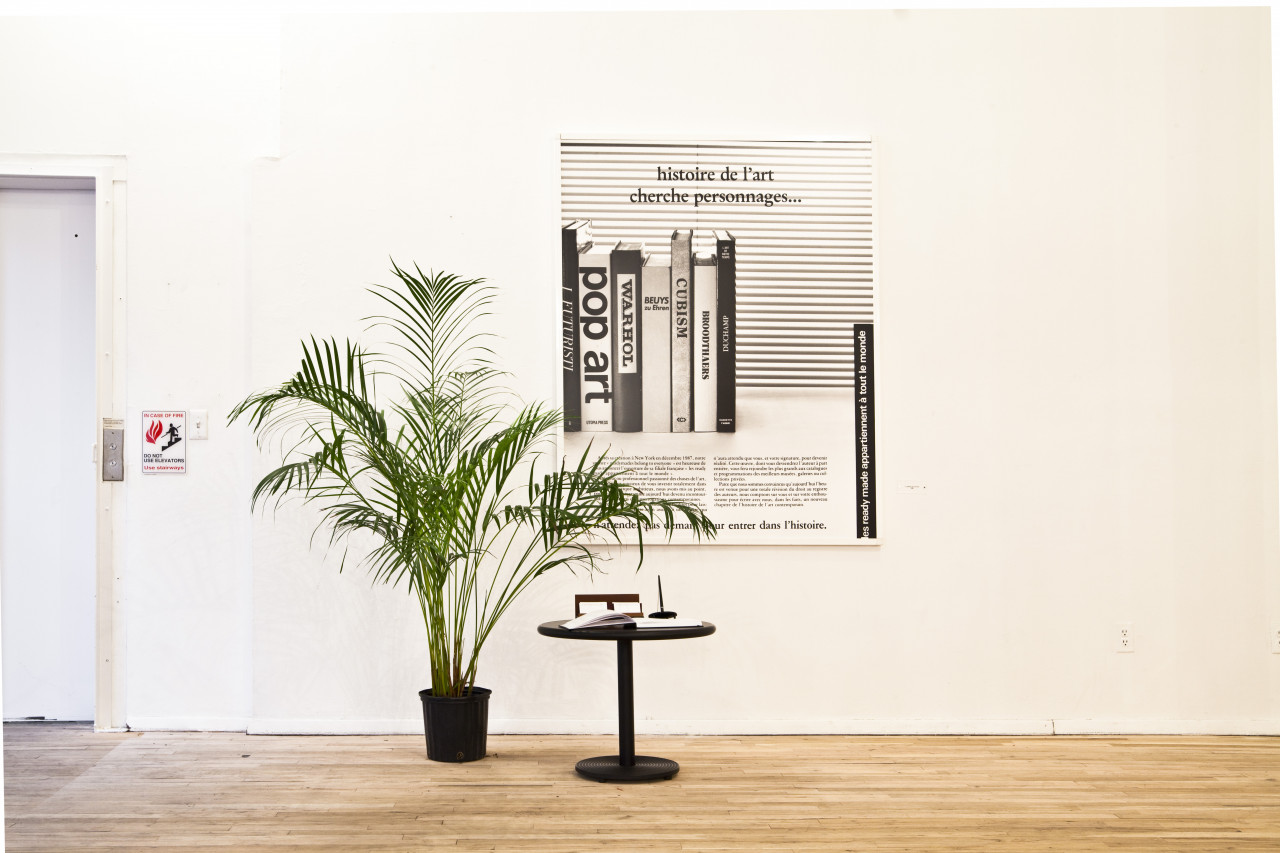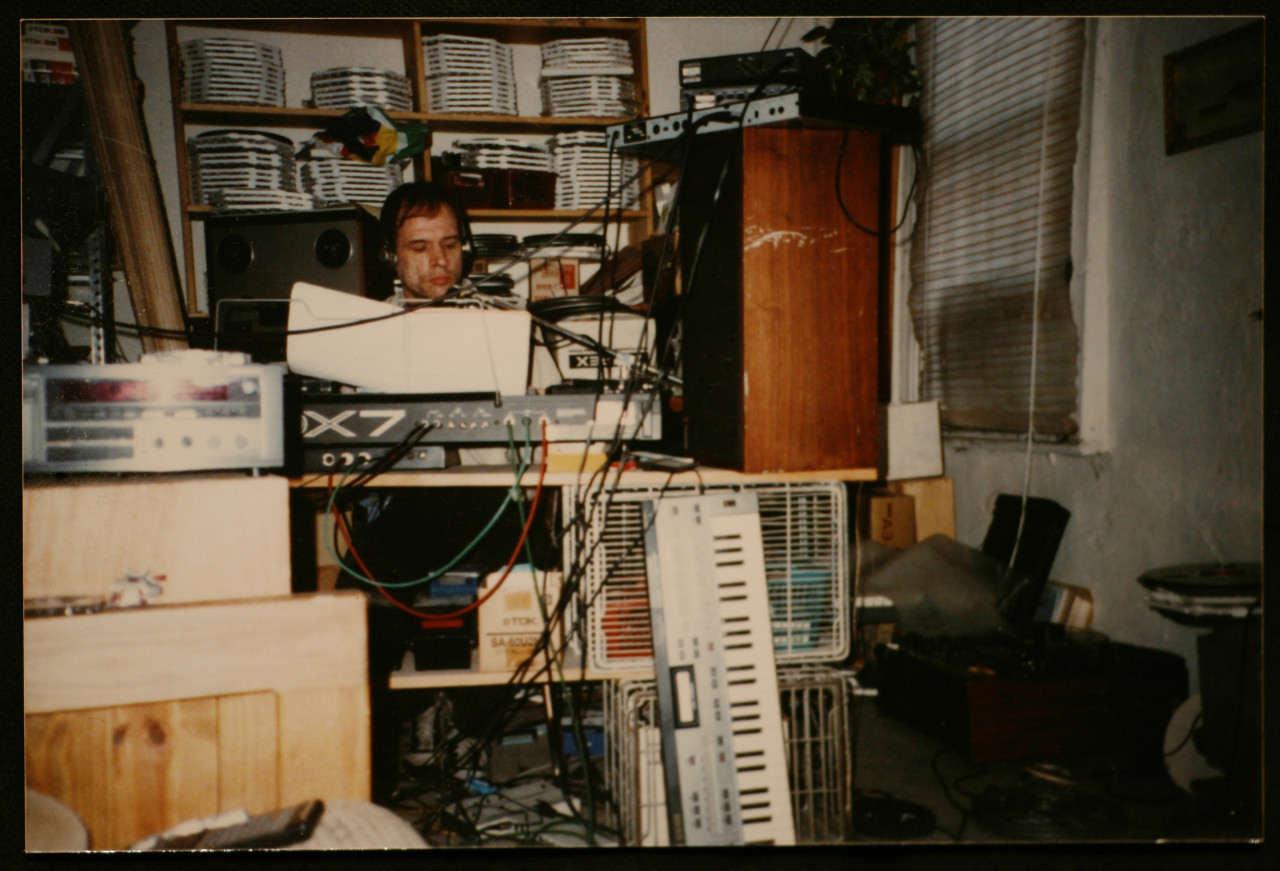Artists:
William S. Burroughs
presented by John Giorno
b. February 5, 1914, St. Louis, Missouri
d. August 2, 1997, Lawrence, Kansas
In the 1980s and 1990s, William S. Burroughs became an icon of pop culture and postmodern literature. Nevertheless, his collages are relatively unknown. Burroughs’ art works can be understood as the visual expression of his “cut-up” writing technique, which he used to construct linked scenarios for his protagonists in novels such as Interzone and Imaginary City. "The photo collage is a way to travel that must be used with skill and precision if we are to arrive [...] The collage as a flexible hieroglyph language of juxtaposition: A collage makes a statement". – William S. Burroughs, 1962.
Ray Johnson
presented by Bill Wilson and Stefan Kalmár
b. October 16, 1927, Detroit, Michigan
d. January 13, 1995, New York City
American artist Ray Johnson attended Black Mountain College between 1945 and 1948. Johnson is regarded as the founder of the “Mail Art” movement which proposed a model for a utopian society where communication takes place without barriers, i.e., where social distinctions have ceased to exist. Ray Johnson’s extraordinary collages — which can be understood as a critical commentary on New York’s art scene — are as little known today as the fact that he gave Andy Warhol his first camera.
Philippe Thomas
(readymades belong to everyone®)
presented by Claire Fontaine
b. July 7, 1951, Nice, France
d. September 2, 1995, Paris, France
Beginning in the 1980s, Thomas continued the anti-subjective tendencies in the arts that had begun in the 1960s, analyzing fictional authorships and artistic identities both critically and concretely. Under the cover of a fictional public relations agency named readymades belong to everyone®, he realized various art projects. The main aim of these projects was to undermine the marketing strategies of institutional promotion. Central themes of his creative work are the renunciation of authorship, the contexts of meaning, and the determination of art production by economic processes. Thomas attempted to question art world developments in the 1980s as well as the role of artist mythologies.
Charles Henri Ford
presented by Mitchell Algus and Christopher Müller
b. February 10, 1913, Brookhaven, Mississippi
d. September 27, 2002, New York City
The American poet, artist, and filmmaker Charles Henri Ford is known, among other things, for producing the art magazine View (1940-1948), where he presented a number of European artists who had immigrated to New York City during World War II. The magazine quickly became an experimental platform for New York’s vanguard art scene. Surrealist illustrations and collages by artists like Marcel Duchamp, Max Ernst, Salvador Dalí and René Magritte were presented alongside essays by Henry Miller, Tennessee Williams and Paul Bowles. Also published in the magazine were the first English translations of works by Albert Camus and Jean Genet. Charles Henri Ford developed his Poem Posters of the 1960s in the context of surrealist “écriture automatique.” Utilizing collage and various printing techniques, Ford’s Poem Posters represent a link between Rauschenberg’s material collages and Warhol’s printing techniques, and anticipate Barbara Kruger’s “speaking pictures.”
Arthur Russell
presented by James Merle Thomas
b. May 22, 1951, Oskaloosa, Iowa;
d. April 4, 1992, New York City
Beginning as a classically trained cellist, Arthur Russell rose to prominence in the late 1970s and early 1980s as both an experimental musician and a producer of eccentric disco music. Associated with other New York City artists and musicians working in and around nontraditional venues for music and performance, Russell performed with minimalist composers, including Glass and Reich, and served as musical director at The Kitchen in the late 1970s. Russell also performed at events alongside Gordon Matta-Clark, Yvonne Rainer, and Allen Ginsberg, worked with pop musicians such as David Byrne and DJ Nicky Siano, and was part of the legendary Studio 54.
Presenters:
John Giorno
Writer and performance artist John Giorno is seen as one of the key figures (alongside William S. Burroughs) of the New York “Beat Generation.” In 1965, Giorno established the label “Giorno Poetry Systems,” an artistic network in which a variety of New York artists participated, including Andy Warhol, Patti Smith, and Robert Rauschenberg. The network experimented mainly with video, music, and recordings of conversations. The piece “DIAL-A-POEM” grew out of these experiments, for which various poems were recorded on a daily basis on answering machines. In 1975, this piece was exhibited in New York’s Museum of Modern Art.
In 1975, Burroughs and Giorno produced the vinyl record “William S. Burroughs/John Giorno, GPS 006-007,” on which both artists present fragments of their own texts as a collage-style medley.
Mitchell Algus
Since 1989, Mitchell Algus has built his gallery practice around tracking down and exhibiting artists such as Kathe Burkhart, Willoughby Sharp, and Charles Henri Ford, whose once-emergent recognition and vanguard status within the art world was rendered obsolete by institutional conservatism and shifting market trends. These artists, whose work once refused to adapt to the demands of their times, are revealed by Mitchell Algus to be prescient harbingers of postmodernism. Stating that "the gallery is oriented toward work that looks interesting in terms of making art now," Mitchell Algus’ exhibitions reciprocally place the booms, recessions, and fluctuations of the contemporary art mark into startling perspective. In an industry where a gallery’s profitability is contingent on cultivating consensus around a group of artists they represent, Algus, in contrast, works to dismantle such consensus.
Christopher Müller
Together with Daniel Buchholz, gallery owner and art historian Christopher Müller has been running Daniel Buchholz Gallery, Cologne/Berlin since 1996. During the last years he was engaged in the work of the artist Charles Henri Ford. Together with Daniel Buchholz and Mitchell Algus he organized an exhibition called Charles Henri Ford – The Garden of Disorder, providing an overview of the artist’s work. Amongst others, this exhibition was shown at Wolfgang Tillman’s exhibition space Between Bridges in London in 2007.
Claire Fontaine
Taking their name from a brand of French stationary, the Paris-based artists collective Claire Fontaine was founded in 2004. The group’s members defined themselves as a “ready-made-artist” and developed a variation of neo-conceptual art revolving around the subject of political impotence. Claire Fontaine’s interest in Philippe Thomas derives from his critique of the artist’s authorship that led to the creation of the imaginary agency readymades belong to everyone® and artistic publications authored by various alter egos. The implication of the collector into the artist’s work and the presence of advertisement as an unavoidable aesthetic form are the points that Claire Fontaine considers as being truly contemporary within Philippe Thomas’ artistic practice.
James Merle Thomas
James Merle Thomas lives and works in San Francisco as an independent curator, critic, and researcher. He is currently completing his doctoral dissertation in contemporary aesthetics and politics at Stanford University. His ongoing curatorial project, I’m Sorry, But This is How I Learn takes its name from a lyric by Arthur Russell, and is an exploration of the conceptual linkages between repetition and education. To date, the project has been presented in various exhibition projects, lectures, and essays, including a symposium on post-Minimalist aesthetics at Stanford University in April 2008, and in the essay “Let’s Go Swimming” (published in Look Behind Us, A Blue Sky, Hatje Cantz, 2007). James Thomas was assistant curator for several group exhibitions, including the 7th Gwangju Biennale (South Korea 2008) and the 2nd Seville Biennale (Spain 2006/07).
